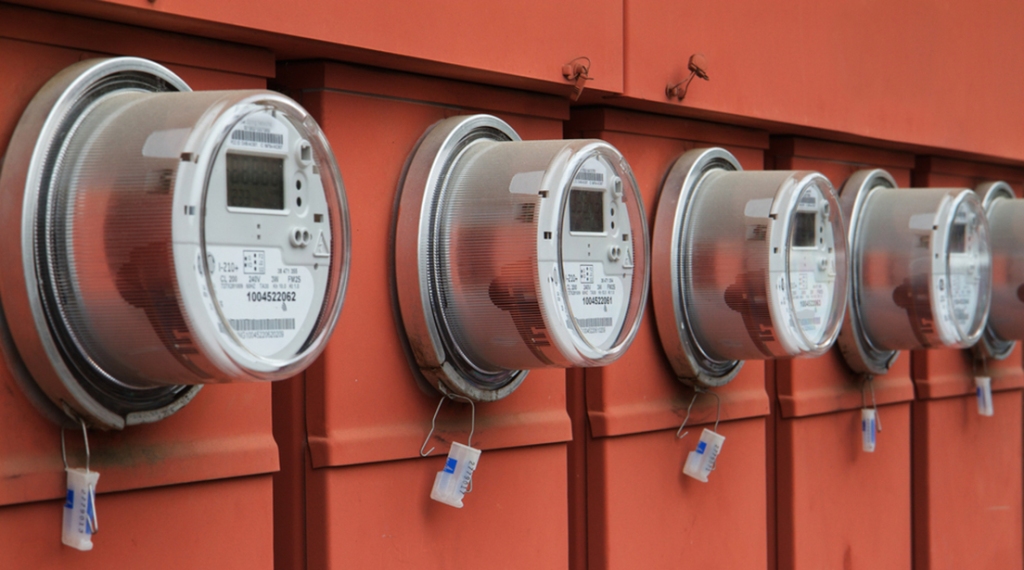Nothing destroys your chances at getting that girl faster than poor grammar on your dating profile.
In a study published by Zoosk, 48% of singles polled find bad grammar a deal breaker!
Making simple grammar mistakes might make you look less intelligent, or worse: a scammer, and you wouldn’t want that! But the biggest turn off for me when I meet a new match is when it seems like we won’t be able to hold a simple conversation.
I know. I know. Grammar is boring. “I comes before E except after C” reads like some ancient bible translation. But trust me, conjugations are not contagious. And apostrophes are really not that mysterious.
So if you’ve slept through English class, you may find your options of sleeping with anyone now a little limiting. Thankfully, you’ve got me!
Let’s discuss a few of my biggest pet peeves when reading your dating profile:

1. Apostrophes
Here’s my trick for 95% of all apostrophe use: Every time you remove letters of one word to stick together with another word, you use an apostrophe: “it is,” “you are,” “they are” and “you will” are all prime examples. So, you’ll need an apostrophe to represent the missing letters.


2. Your / You’re
You might already see where I’m going with this one after my last point. “Your” implies ownership: your coat, your spaghetti, your insatiable urge to date assholes. You can use it when listing your favorite personal qualities that you’re looking to find in an ideal match.
“You’re” is another one of those apostrophe words, so we know a letter has been removed, so “you’re” is really “you are.” This means you’re in a state of being. You’re moody; you’re not saying much on this date; you’re really funny!


3. There / Their / They’re
This old language landmine might feel a little harder to remember than the other points on this list but it’s super easy.
“They’re” uses that tricky apostrophe, so we already know that this is really “they are,” which relates to a state of being for a third party. They’re late! They’re thirsty tonight! They’re really going to like this article!
“Their” shows possession like just my, his, her, our, and your but it’s focused on a non‐specific or grouped third party. “Who owns that cream‐colored stretch Hummer outside?” “Oh, it’s theirs.” Or “They better clean up their mess before I bring another date here.”
“There” is a location that isn’t here or used to confirm something’s existence, both physical and abstract. It’s easy to see why confusion sprouts up with this one. “I’ll meet you there at 9.” “What’s with that tone there, buddy?” “There’s a price to pay for being late on a date with me.”


4. Its / It’s
Again, we can use our apostrophe knowledge and an understanding of non‐specific or grouped ownership. “It’s” is really just “it is” so when you answer a question like “how do you like this bar?” you can reply “it’s great!”
But if you want to apply ownership, that’s when you use “its.” So when you’re describing the best restaurant in town and hoping you can convince your match to meet for dinner, you can say “its egg rolls are out of this world!”
The possessive pronoun its also fell victim to years of incorrect autocorrecting with T9 predictive text and again with the rise of smartphones. It appears we are just now starting to get autocorrect smart enough to understand context, so hopefully we as a species will remember this form exists and has a proper use once again.


5. Ending a Sentence with a Preposition
Now that we’ve gotten the more common pitfalls out of the way, let’s look at some sentence structure errors that really get my goat when I see them on a potential match’s profile.
Ending a sentence in a preposition creates something of a mental cliff for the reader. It damages the flow of your idea and ultimately makes your bio harder to read.
Prepositions are meant to precede nouns; which is what makes ending a sentence with one feel so weird. On, with, for, by and to are all examples of prepositional phrases.
You’ll usually want to structure your sentences so you end in a noun or verb. “Let’s meet at the bar around the corner.” “Do you like to go running?” As a sentence, these read like complete thoughts, but if you say something like “I want to meet at the bar that you want to go to.” might include similar information but creates a little maze for the person reading your words.
You put so much effort into dating. You want to look good, and I want you to sound good too. With these tips you’ll be ahead of the pack by a mile. Who thought simple sentence structure could get you that much closer to getting laid?






